The Drawmer 1971 EQ is a Versatile Mixing Tool
A Vintage-style EQ with a unique Crush feature.
With the Drawmer 1971, you get a dual 4-band parametric EQ with parametric midrange bands and some unique features for tracking and mixing.
A trusted name in analogue audio, Drawmer brings elements of vintage designs into a modern context. Also, the UK manufacturer creates processors that are more affordable than most of the EQs and compressors you’ll find with similar features.
Drawmer 1971
The first thing you’ll notice about the 1971 is the Crush button on each of the four bands. This introduces a fixed time constant and an auto-gain makeup compressor specific to the engaged EQ band.
In addition, this Crush feature widens the bandwidth and accentuates harmonics. This means you can use it to give your high frequencies a glistening quality, get a punchy and more detailed midrange, or a warmer low-end.
Before you start shaping with the EQ bands, you can use the variable high-cut and low-cut filters to set the range of the signal you’re working with. This makes it easy to do precise creative or corrective adjustments on detailed instruments like vocals or guitars.
The midrange bands have variable Q-factor controls, which is a useful function, as this is an area where precision is often required. Also, there are multiple slope settings for the low-frequency range, allowing you to shape a wider range of different instruments.

The design of the 1971 is detailed and it encourages you to chain the channels into each other as an 8-band mono EQ. However, there is no information about true stereo operation or a stereo link function, which is wildly confusing, to say the least. It does have indented pots, though, as a consolation.
Pricing and availability:
The 1971 is now available for order from Thomann.

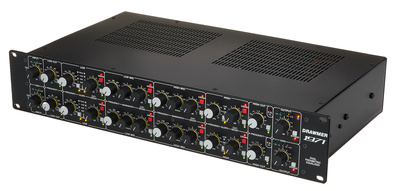
More about the Drawmer 1971:
- Official Product Page
- Shop Drawmer on Thomann
- More from Drawmer
*This post contains affiliate links and/or widgets. When you buy a product via our affiliate partner, we receive a small commission that helps support what we do. Don’t worry, you pay the same price. Thanks for your support!
2 responses to “The Drawmer 1971 EQ is a Versatile Mixing Tool”

 4,6 / 5,0 |
4,6 / 5,0 | 


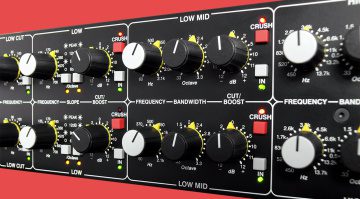

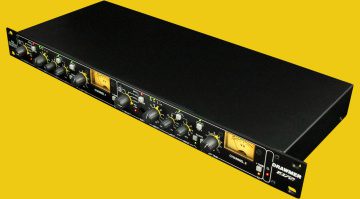
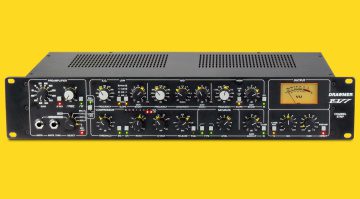
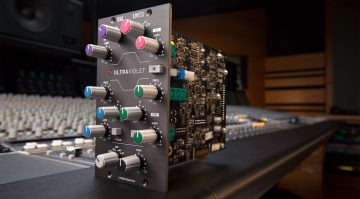
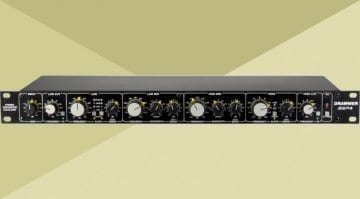

What this article fails to say, which is really the elephant in the room, is that this 2U rack 4 band dual parametric EQ is almost physically identical to Drawmer’s original famous 1961 valve model which has been around for decades… except for now NOT using vacuum tubes like the more expensive 1961 which had one valve per EQ band for the gain stage, but instead the cheaper 1971 is a solid state design.
However in lieu of the absence of the lively valve harmonics and warmth the old model was famous for, they’ve now included a “Crush” button to add some saturation and soft-limiting (crushing) of the transient peaks for each EQ band instead, should you desire to mimic the nonlinearities typical of an overdriven tube preamp. Thankfully the Crush effect is switchable, which in some ways gives more flexibility, since the classic 1961’s valves were always in circuit (as part of the EQ’s gain boost stage), so you couldn’t just switch them out for a pure sound, and you would have to apply a lot of signal level to get them to audibly saturate(!) whereas the crush effect is more an option on demand and can be A/B’d with ease.)
Is it good for doing mix pockets? I’ve become obsessed with ’em. Drawmer stuff, for reasons nobody can explain, seems to facilitate those soundstaging pockets very well, though why it works better on some EQs and compressors, on some recordings, nobody has yet managed to explain 😎